I thought I was pretty clear on how Angular Change detection works after this discussion: Why is change detection not happening here when [value] changed?
But take a look at this plunk: https://plnkr.co/edit/jb2k7U3TfV7qX2x1fV4X?p=preview
@Component({
selector: 'simple',
template: `
<div (click)="onClick()">
{{myData[0].name}}
</div>
`,
changeDetection: ChangeDetectionStrategy.OnPush
})
export class Simple {
public @Input() myData;
constructor() {
}
public onClick() {
}
}
Click on a, it's changed to c
I understand that the click event triggers change detection on the App level, but [myData]="testData" is still referring to the same object, and I am using On Push on Simple, why does a get changed?



